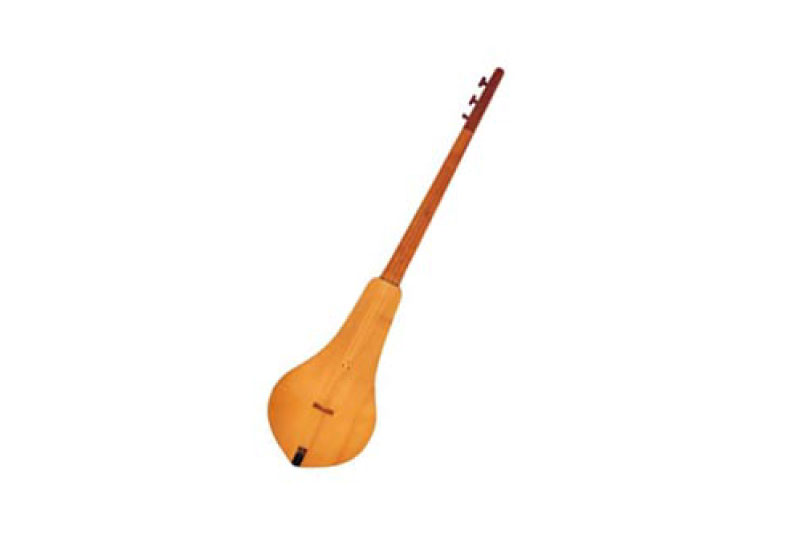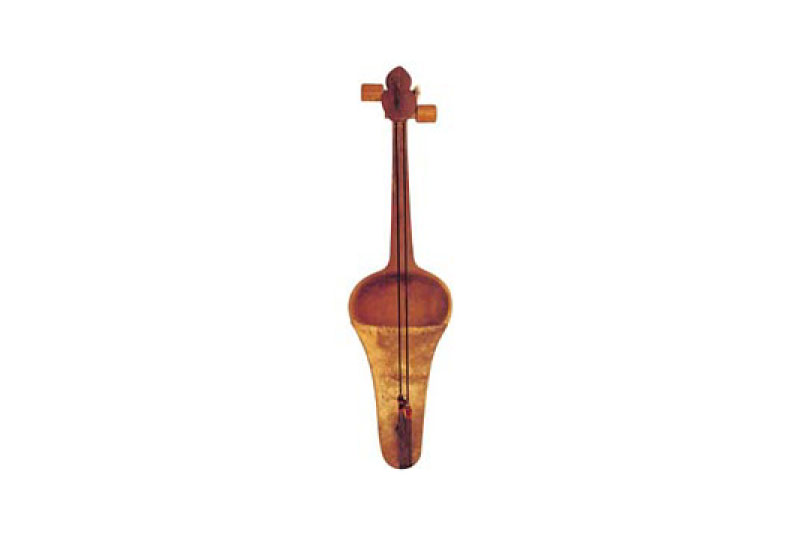
Central Asia: Case Studies from Kyrgyzstan, Uzbekistan, and Tajikistan
Musical performance can act as a medium for the maintenance of cultural identity. Central to this, the Aga Khan Trust for Culture and the Smithsonian Institution have collaborated to create a series of CDs representing the music of Central Asia as performed today.
Kyrgyzstan is a country in Central Asia bounded by Uzbekistan to the west, Kazakhstan to the north, China to the east and Tajikistan to the south. The modern nation of Kyrgyzstan traces its history to a civilization based on nomadic tribes. Following a brief period of independence after the 1917 Bolshevik Revolution, it became part of the Soviet Union as the Kyrgyz Autonomous Republic. It eventually became a full republic of the Soviet Union in 1936. Mikhail Gorbachev's sweeping changes in the 1980s combined with ethnic friction led to the fall of the Soviet Union, thrusting Kyrgyzstan into independence.[2]For more, see William Fierman (ed.). Soviet Central Asia: The Failed Transformation (Boulder, Colorado: Westview Press, 1991).
Mountain Instrumental Music from Kyrgyzstan
Following the dissolution of the Soviet Union, musicians throughout Central Asia began their search for identity by looking to the past. During the Soviet Era, much of this music was lost. The Aga Khan Trust for Culture and the Smithsonian Institution have recently released a set of CDs that hopes to recapture some of that music. The Kyrgyz Mountains provide a landscape where nomadism remains a way of life for many. Founded by Nurlanbek Nyshanov, the group Tengir-Too ("Celestial Mountains") takes its name from the mountain range that links Kyrgyzstan and China ("Tien Shan" in Chinese). Nyshanov spent his childhood in the mountainous region of northern Kyrgyzstan and graduated from Kyrgyzstan's State Institute of Arts (now National Conservatory). The group performs on traditional instruments, performing küü (literally "mood") which refers to music composed for a particular instrument.
Composer: 0
-
"Erke Kyz (The Spoiled Girl) - Ensemble Tengir-Too" [ 00:08-01:02 ]00:54
Kyrgyz musical instruments include the komuz (three-stringed lute), kyl kayak (two-stringed bowl fiddle), choor (end-blown flute made from reed or wood), chopo choor (clay ocarina with three to six holes found in southern Kyrgyzstan), sybyzgy (side-blown transverse flute traditionally played by shepherds), jygach ooz komuz and temir komuz (wooden and metal jew's harp). Küüs traditionally rely on instrumental programmatic music that tells stories. The performers bring these stories alive by providing a verbal synopsis prior to performing as well as making theatrical gestures while performing to bring the stories to life. This emotional component is commonplace in the performance of küü(s).
Click on the ![]() Listening Note for "Erke Kyz" for more information about this piece of mountain music from Kyrgyzstan.
Listening Note for "Erke Kyz" for more information about this piece of mountain music from Kyrgyzstan.





After the 1917 revolution, traditional music was replaced by that celebrating communism and USSR nationalism.







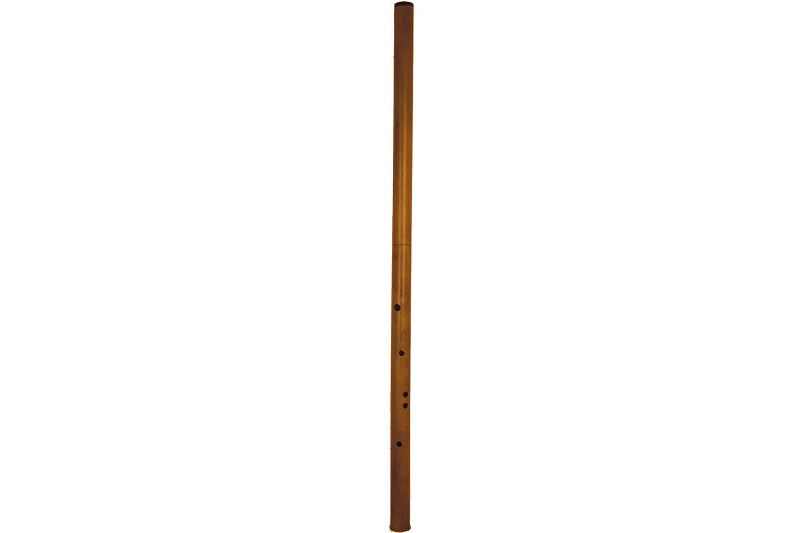
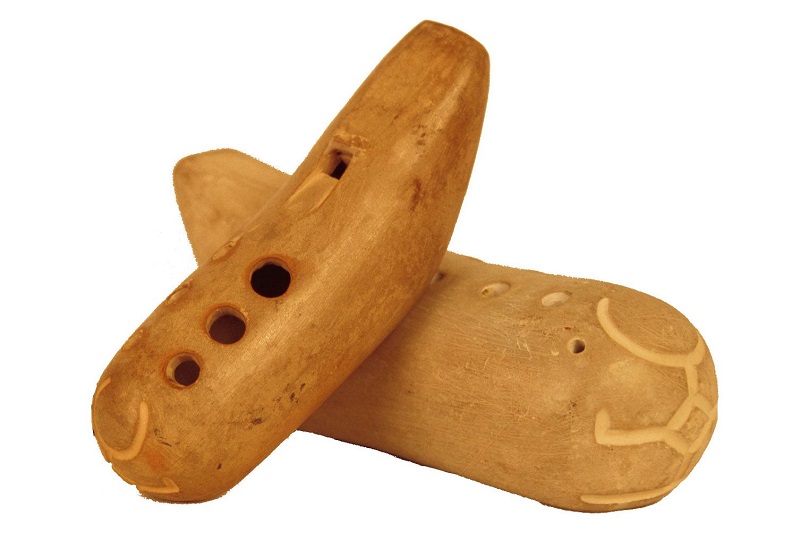

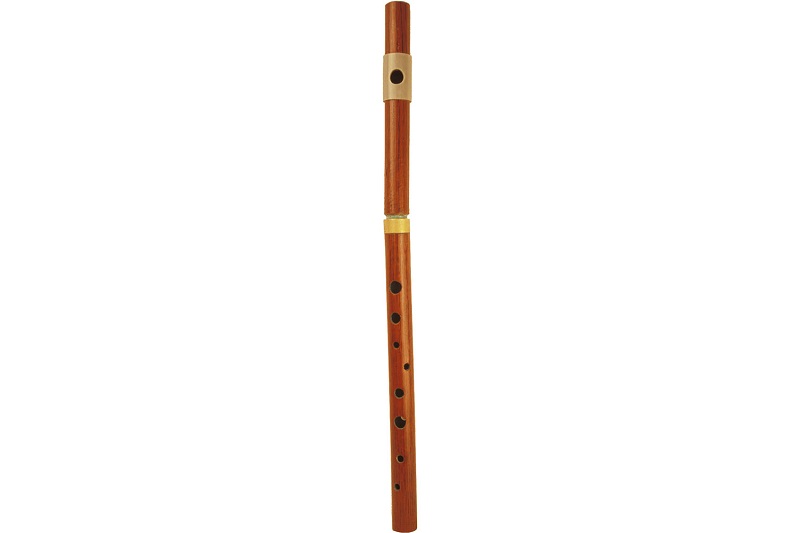 Sybyzgy
Sybyzgy